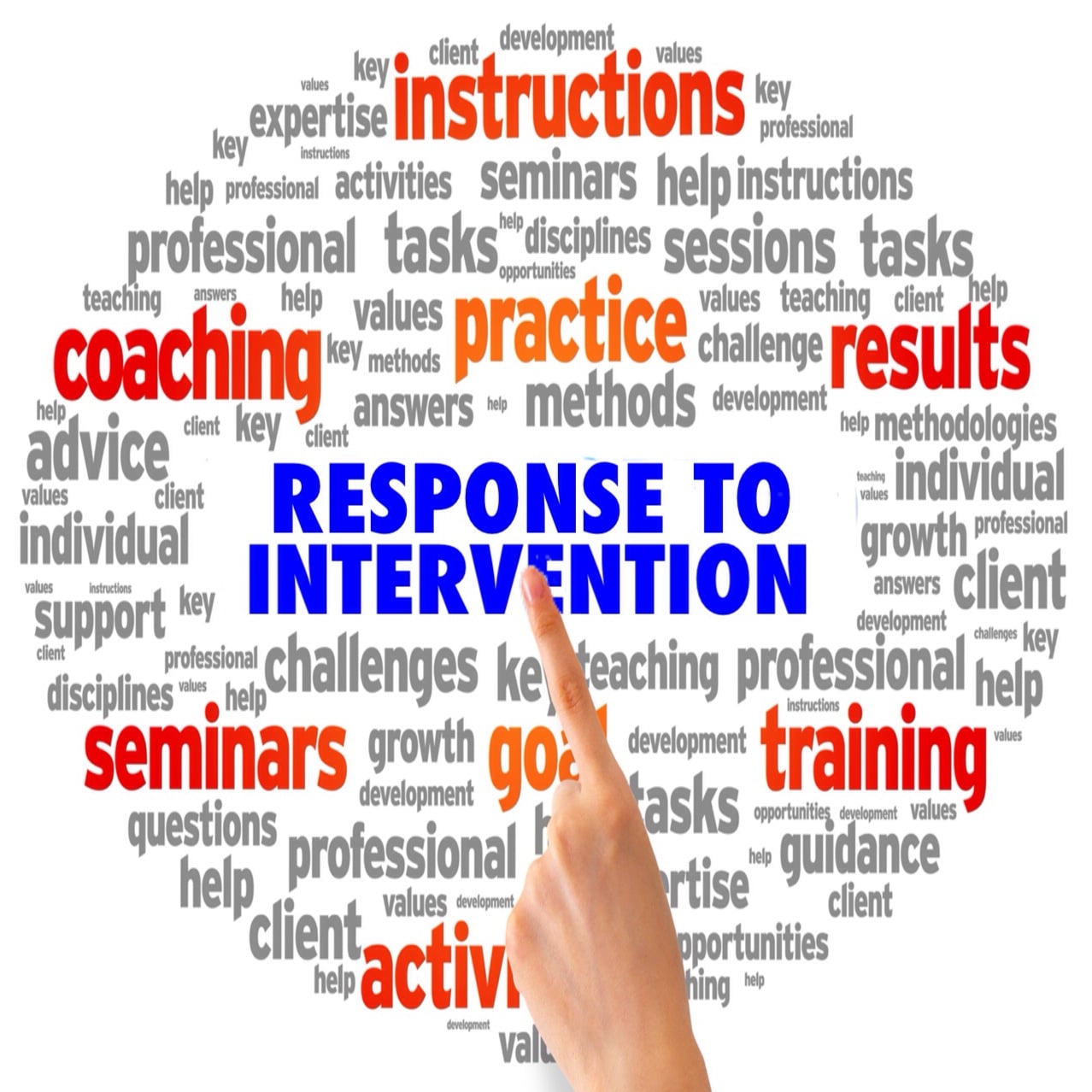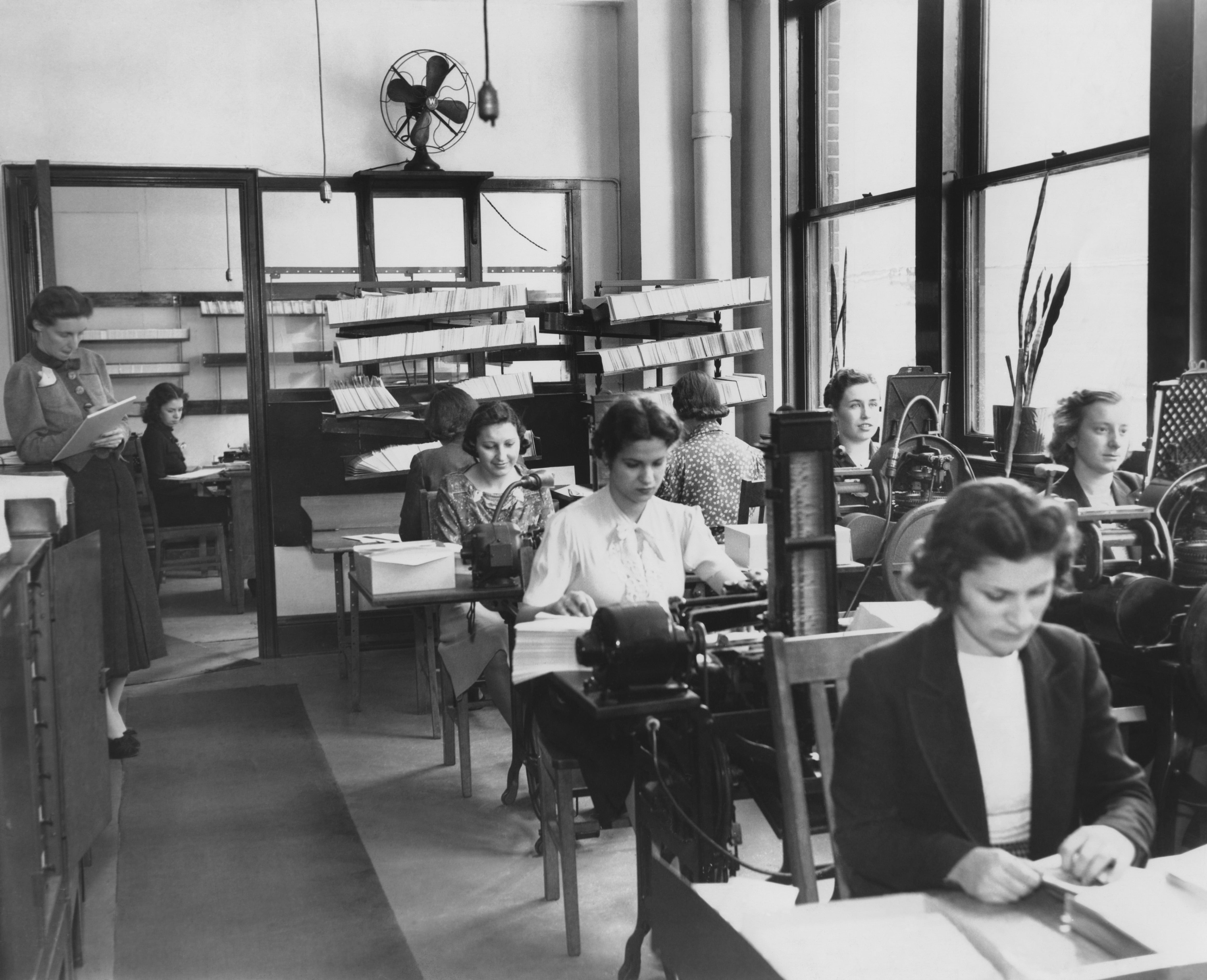Vocabulary Interventions for Really Terrific Instruction (RTI)
Many students who may need a vocabulary intervention are Bodily-Kinesthetic learners, meaning they learn through their bodies and they need to "move" their bodies in order to learn at their highest potential.





